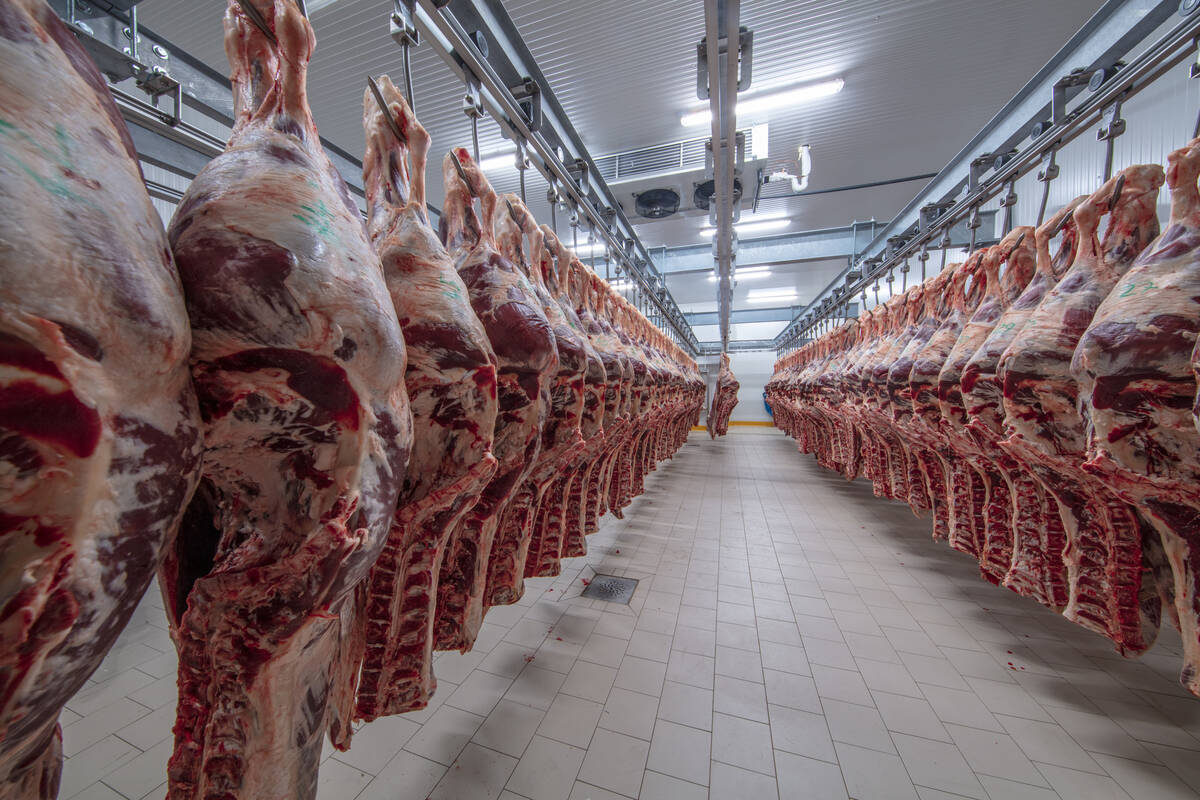Chicago | Reuters — Chicago Board of Trade corn and soybean futures rose on Monday morning, supported by concerns that rain will delay field work in key growing areas and may damage some recently seeded crops, traders said.
“Grain futures are trying to start the week higher across the board following a soggy weekend across most of the Midwest,” Farm Futures senior analyst Bryce Knorr said in a note to clients.
Corn futures hit their highest level in three weeks.
Wheat futures closed lower after trading in positive territory for much of the day on profit taking. Concerns about excessive moisture in the central U.S. Plains threatening crop yields in that area ahead of harvest continued to underpin prices.
Read Also

U.S. livestock: Cattle make small gains, hogs fall
Chicago cattle futures made modest gains on Monday while hogs pulled back. Most-active February live cattle closed at 230.550 cents…
Persistent weakness of the dollar, which touched a six-month low against a basket of currencies, also underpinned U.S. futures, although large U.S. and global grain inventories continued to cap prices.
CBOT July corn futures ended up 2-1/2 cents at $3.75 a bushel (all figures US$). Corn reached its highest level since May 2. Soybean futures for July delivery were 3-1/2 cents higher at $9.56-1/2 a bushel.
“Bad weather is continuing to delay U.S. planting of corn and soybeans,” said Kaname Gokon from Tokyo brokerage Okato Shoji. “There is lot of rain and cold weather in the Midwest.”
Traders will get an indication of crop conditions, as well as of how much has been planted, on Monday afternoon when the U.S. Department of Agriculture issues its weekly crop progress report. Analysts forecast the report would show corn planting at 85 per cent complete and soybean planting at 52 per cent.
Corn in some areas of the Midwest will need reseeding because of flooding and poor crop emergence, and may have missed the optimal planting window, while late soybean planting was being slowed by showers.
Rainfall has also caused concern about winter wheat in the run-up to harvesting.
Forecasts called for unfavourably wet weather in the central Plains hard red wheat zone in the next two weeks, but more limited rain prospects in the southern Plains could help harvesting, the Commodity Weather Group said in a daily note.
CBOT July soft red winter wheat, which rose to its highest level since May 5 before retreating, ended down one cent at $4.34-1/4 a bushel.
— Mark Weinraub is a Reuters correspondent covering grain markets from Chicago. Additional reporting for Reuters by Naveen Thukral in Singapore and Gus Trompiz in Paris.














